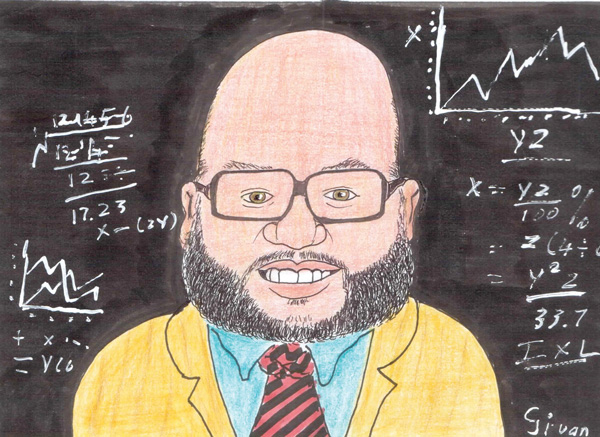
Listen to your customers and then guide your innovation through Design Thinking

By Rikus Grobler, www.nis.co.na, [email protected].
Still on the topic of innovation methodologies, I have now dealt with Open Innovation, Crowdsourcing, Lean Six Sigma, and Lean Startup as innovation methodologies.
Last in the line-up of methodologies, I want to discuss Design Thinking. The development of Design Thinking has a long history, but the award-winning design company IDEO is largely credited with inventing the term “design thinking” and its practice. There are many views and definitions of what exactly makes up Design Thinking, but I’ll stick with IDEO’s definition: “Design Thinking is a human-centred approach to innovation that draws from the designer’s toolkit to integrate the needs of people, the possibilities of technology, and the requirements for business success.”
Human-centric problem solving:
Design Thinking has become quite the buzzword in the world of business and innovation. Still, it seems that the consensus amongst innovation practitioners is that Design Thinking is not just a fad, but it has proven to be a robust innovation methodology that has stood the test of time. Results of a 2014 study conducted by the Design Management Institute showed that design-focused businesses like Apple, Coca-Cola, Nike, and Procter & Gamble exceeded the performance of most S&P 500 companies by an astounding 219% over the last ten years.
Design Thinking is a creative problem solving and product development approach that focuses on understanding the customer experience and building outside-the-box solutions to meet their needs.
Sounds a lot like what you’d expect from a good customer service interaction, right?
That is why I say that Design Thinking is not as complicated as some consultants portray it or as difficult as some businesses make it out to be.
Let me give you a good example of the power of Design Thinking. A hospital in the USA found that almost one in five people waiting at their emergency department left without being seen by medical staff, a rate 20 times the national average. The first instinct of the hospital’s performance improvement officer and her team was to seek a technological solution: an electronic check-in kiosk. (Sidenote: Is that not always the first thing we do when facing a problem, we throw technology at it…) But after actually engaging patients (customers), i.e. talking to them, observing them, and empathizing with them, they found that patients – many of whom were visiting for non-urgent conditions – often did not have the IT skills to use it. So they found a solution that suited patients better: having a nurse stationed at the ER door to direct them to the most relevant department. This solution cut the rate of patients leaving the hospital without being seen from almost 18% to 1.25% and saved the hospital more than US$6 million per year. It is such a simple solution but with massive impact, and it was conceived through observing the customer, learning, and being open to creative possibilities.
Without going into too much detail, the main steps of Design Thinking are as follows:
1. Empathize with the customer.
2. Discover and define customer needs.
3. Brainstorm a wide range of solutions.
4. Implement one of more solutions as a simple prototype.
5. Test the prototyped solution(s), and replicate based on customer responses.
It’s not critical that every design process follows these steps exactly. The key is the balance of “divergent” and “convergent” thinking – taking time to thoroughly explore the problem (divergent thinking) before pinpointing a root cause (convergent thinking), and then taking time to thoroughly explore all possible solutions (divergent thinking), even those that seem difficult or silly, before selecting one or a few solutions (convergent thinking) to test.
My opinion is that the crux of Design Thinking – and what differentiates it from most of the other methodologies and why it is so powerful – is that it revolves around a deep interest in developing an understanding of the people for whom we’re designing the products or services. This is also the view of IDEO. They strongly advocate “getting out there” and actually observing customers and engaging with them as opposed to using less “intimate” methods like surveys, focus groups, and mining data on the Internet.
I’ve seen so many times that businesses skimp on this step and make assumptions about their customers. So, when people ask me about Design Thinking, my response is usually that Design Thinking does not happen behind a computer and by drawing up process flow charts and spreadsheets. It happens by getting off your backside and investigating – through whatever practical method – how your customers really interact with your products and services.
Next Time –
In terms of choosing a specific innovation methodology, it is not about choosing the “best” methodology and sticking with it. Hence, I will conclude the discussion on innovation methodologies with my view on choosing the right innovation method at the right time.
I think it is fit to conclude with a quote from Tom Kelley, one of IDEO’s founders: “You cannot design better products by staying in the office.”
Click on the thumbnail below to order Dr Grobler’s e-book on Innovation from Amazon.












































